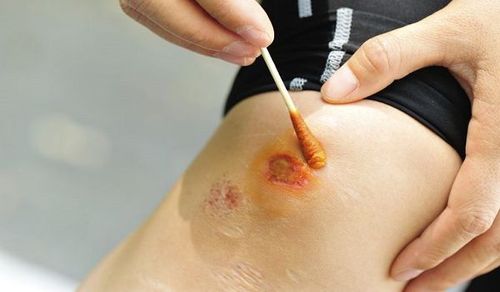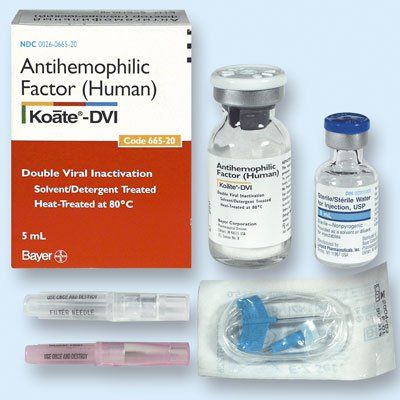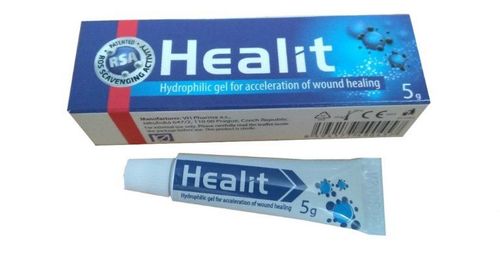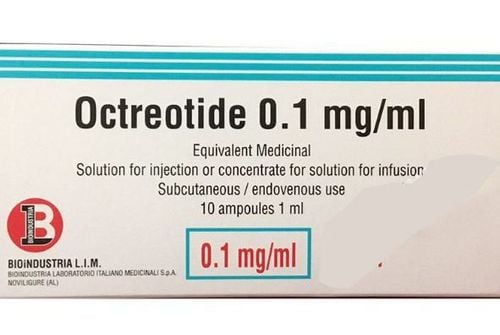This is an automatically translated article.
In work and daily life, skin injuries are not uncommon. The open wounds can be very small from scratches, needle punctures, cuts to the larger wounds such as deep cuts, large skin lacerations... All wounds need appropriate treatment, Avoid open wound infection.
1. Treatment of open wounds
With injuries caused by occupational accidents or daily-life accidents that cause skin tearing and bleeding, accompanied by software damage. As soon as the wound appears, there is a risk of infection with other bacteria and pathogens, through this open wound to enter the body. Classification of wounds coming to the hospital early before 6 hours is considered a clean wound, wounds arriving after 6 hours are wounds that have a much higher risk of infection.
For open wounds but shallow, compact, clean looking, you can wash with antiseptic solutions, then cover the wound. Treatment of software wounds needs to stop bleeding in time, to avoid infecting the wound. Wounds with foreign bodies need to be pulled out gently, avoiding damage to blood vessels and nerves.
With open wounds but long and deep, which may be accompanied by organizational destruction or stains that need to be cut and filtered, it is necessary to clean, disinfect the open wound, sew and restore the wound. After suturing, a combination treatment with antibiotics is required for 7-10 days to avoid infection of the open wound. Most wounds can be sutured after 10-14 days depending on the location. Wounds in the face area are heavily perfused, so they usually heal quickly and can be cut after only 10 days.
Although it is only a minor skin tear, if not treated properly and promptly, it can become serious in a very short time. In addition, we need to know how to recognize an infected wound so that we can handle it in time to avoid worsening.

Khi bị vết thương hở cần làm sạch và cầm máu ngay tức thời
2. Should the wound be bandaged?
There are many people who think that the wound should "breathe", not bandaged after it has been cleaned. However, doing this may expose the open wound to more infectious agents. Leaving an open wound undressed does not help the healing process. The best way to speed up the healing process and prevent an open wound infection is to keep the wound moist with some ointment, which prevents the wound from drying out and scabbing. When the wound is scabbed, it takes longer to heal.
3. Recognizing an open wound infection
Some telltale signs of an open wound infection include:
The wound has a yellow or green discharge, with or without a foul odor. If the discharge is green and/or has an unpleasant odor, there is an infection. The wound is very painful, has signs of swelling or redness. Change in color or size from the original wound. A red area extending about 2 to 3 mm around the wound is normal, but if it spreads further, special attention is needed. Red streaks appear on the skin around the wound. Manifestations of fever The pain does not go away. Normally, the pain and swelling only peaks on the second day and then subsides after that. The patient seems very weak.

Khi bị nhiễm trùng vết thường thì cần được đưa đến cơ sở y tế để xử lý kịp thời
4. What to do if an open wound is infected?
Treatment of open wound infections depends on the severity, location, total health and time when the wound appeared. If the wound is only slightly red, soak or apply saline (2 teaspoons of salt in a liter of water), then dry the wound, 3 times a day, for 15 minutes each time. If the wound has been sutured, do not soak it in water because soaking in water increases the risk of infection.
Use medicine to treat infections, antibiotics, pain relievers and swelling. When necessary, surgery can be performed to clean the wound or remove infected tissue, dead tissue, or foreign bodies. The doctor can drain pus from the skin to improve the situation.
To register for examination and treatment at Vinmec International General Hospital, you can contact Vinmec Health System nationwide, or register online HERE
SEE MORE
The importance of first aid Mistakes in first aid when nosebleed First aid for punctured, open, bleeding wounds













